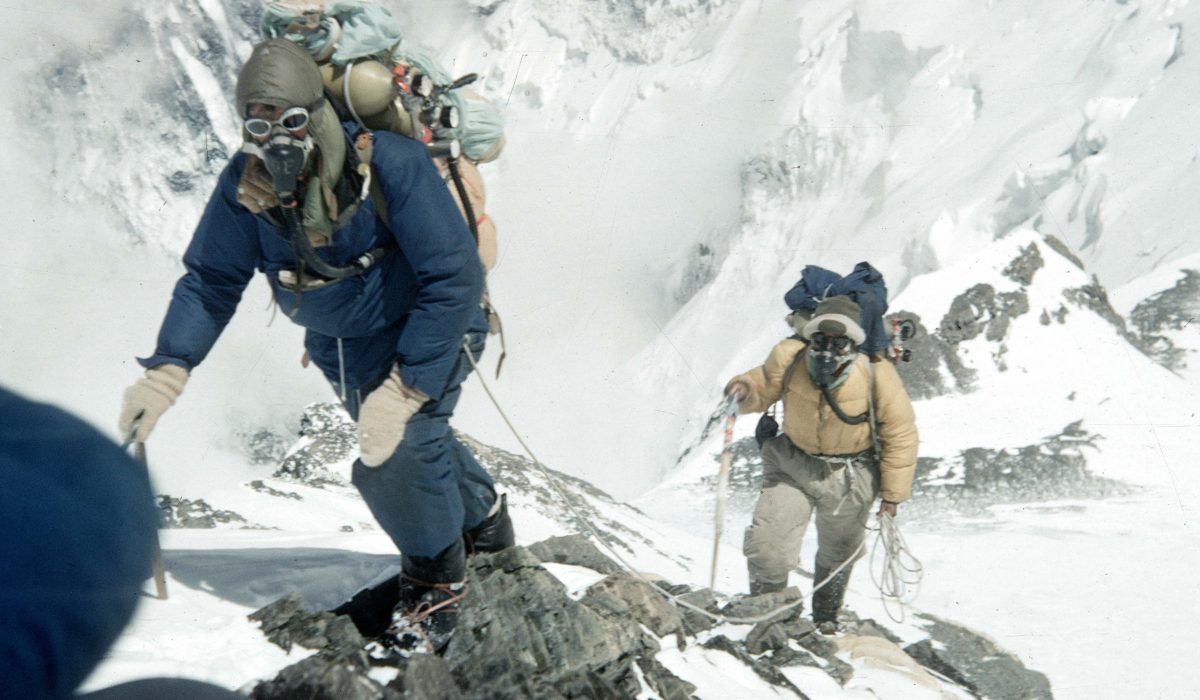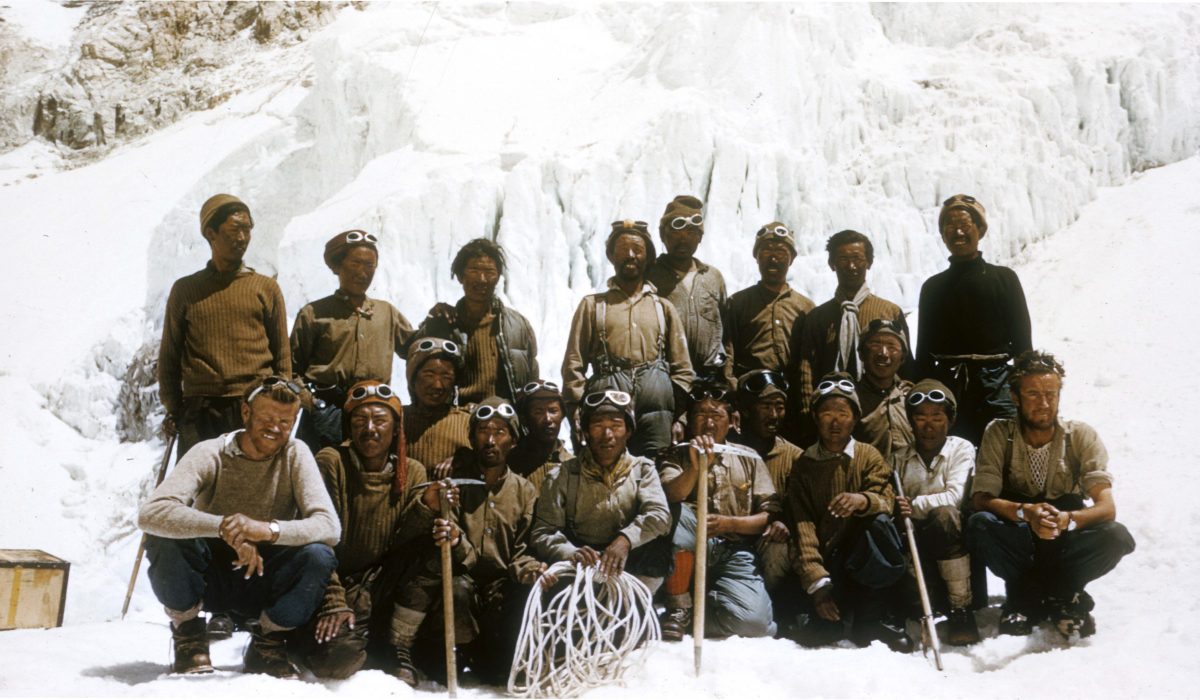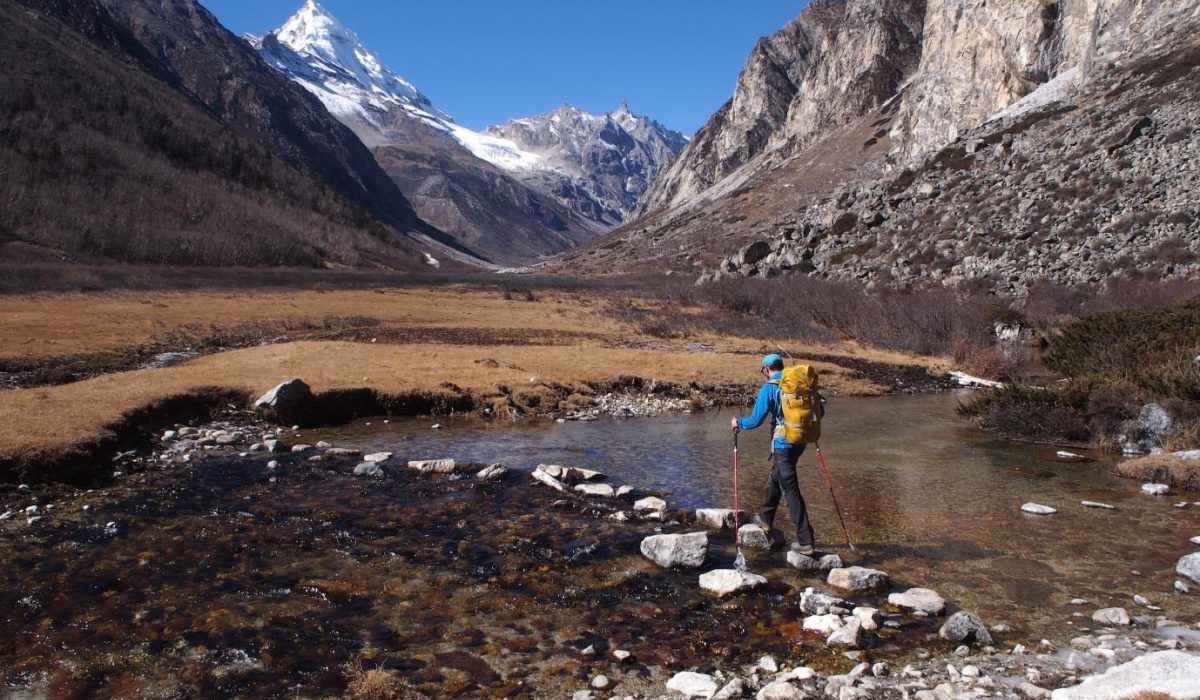
The first ascent of Everest in 1953 was a British-led expedition, with the New Zealander Edmund Hillary and the Sherpa Tenzing Norgay reaching the top. We all appreciate that the success of the expedition depended on Nepalis, from the officials who administered the permission and in-country logistics, to the hundreds of workers supporting the expedition: the porters carrying equipment and supplies, farmers providing food, cooks, camp managers, mail runners and, of course, the expert high-altitude Sherpas.
Until now, eligibility for MEF grants has not reflected this reality and we feel that it is time to correct this longstanding anomaly by opening our application process to Nepali expeditions.

Current Chair of the MEF Management Committee Duncan Sperry said:
“I am delighted that 70 years after the first ascent of Everest, the MEF is able to open applications up to eligible Nepali alpinists and scientists. I would like to thank everyone involved in making this a reality in 2024”.
Applications will be assessed using the rigorous requirements expected of all applicants, with an emphasis on exploration and environmental protection. We are delighted that Kathmandu University will be working alongside the MEF's own expert team to assist with the screening of scientific applications.
We are confident our support will make a big difference to young scientists and mountaineers from Nepal, who understand that the mountains of their homeland inspire the world.

The Mount Everest Foundation was formed in 1955 to administer funds generated from the official book, film and lectures which followed the 1953 ascent of Everest. This long-awaited triumph generated worldwide public interest and admiration.
Since its inception, the MEF has granted funds to over 2,000 expeditions. To mountaineers making astonishing ascents of mountains in extremely remote and difficult locations, and to scientists doing important research on everything from high-altitude medicine to glaciology and climate change.